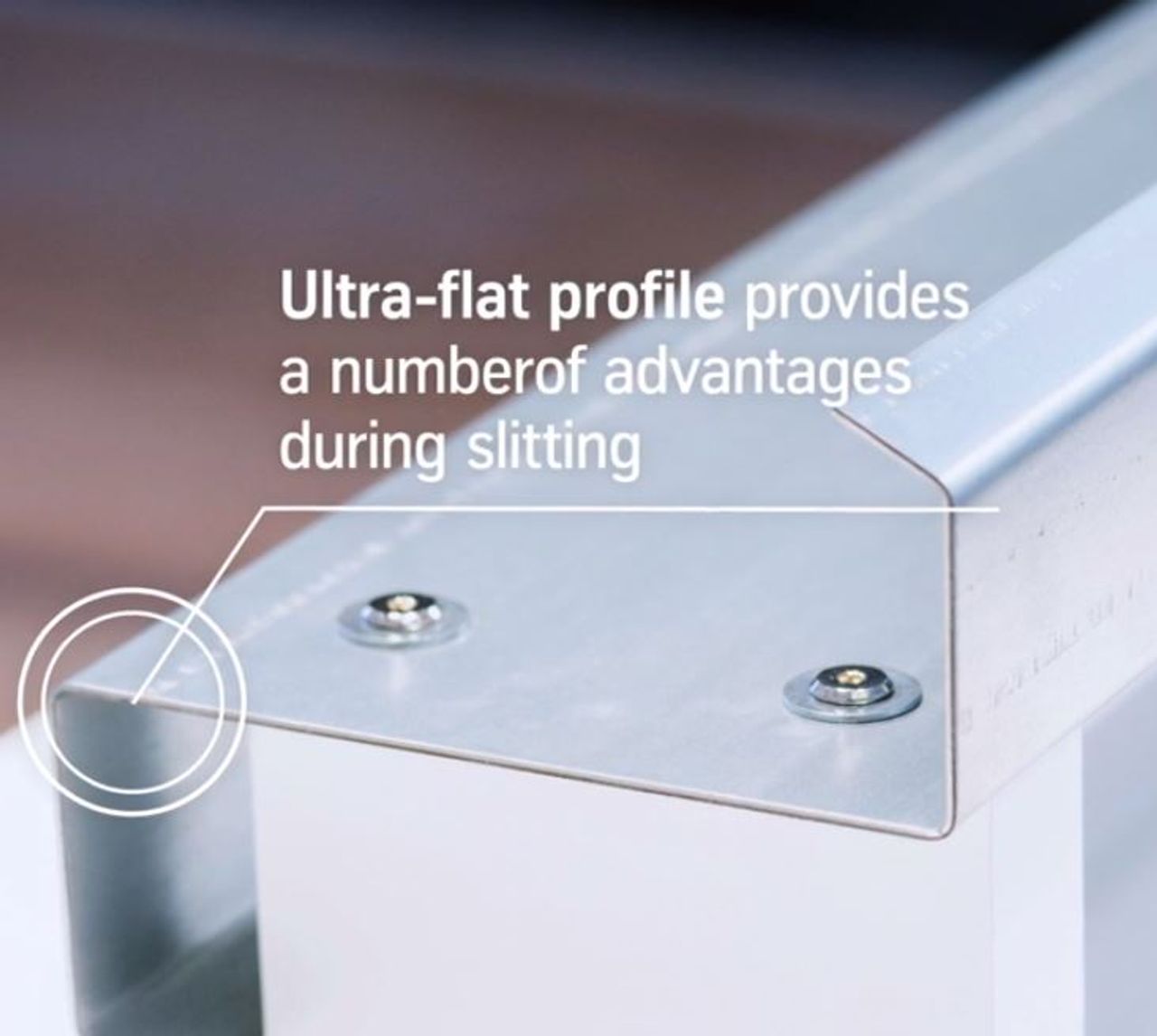Iron VS Steel
Iron VS Steel: What is the Difference?
Iron and steel are the most common metals in the construction, transport and commercial industries. The applications of the two metals are so similar that most people use their names interchangeably. Despite the striking similarities in applications, steel and iron are two different metals with unique compositions in their own right.
What is Iron?
Iron is the fourth most abundant element that makes up the Earth’s inner and outer core. It is the purest metallic on the planet and is commonly used in the manufacturing of other metals. Iron, in real sense, is not the strong metal that is often used to support buildings and bridges. The iron used in construction and other applications is not pure iron but rather an alloy that is combined with other elements to achieve the physical properties it is now known for.
Physical Properties of Iron
Pure iron is silvery-white, easy to work with and you can cut through using a knife. Pure iron can be hammered into sheets and drawn into wires. Despite these surprising properties, iron still conducts heat and electricity like other metals and can be magnetised.
Chemical Properties
Pure iron will readily combine with oxygen in the air, which makes it hard to find pure iron. Even when it is combined with an alloying element, like the type used in construction, iron still reacts with moist air, forming a reddish-brown oxide (rust). The metal can react with carbon, sulphur and silicon as well.
Types of Iron
As noted earlier, pure iron is very soft and reactive. As such, it can’t be put to much use in its pure form. The material we fondly refer to as "iron" is in fact alloys of iron. The metal is mixed with other elements, mainly carbon, to increase its strength and resilience. Some of the common types of iron include:
Pig iron – This is basic raw iron that is moulded into blocks known as pigs.
Cast iron – Cast iron has very high carbon content. It is iron that has been melted then poured into a mould then allowed to cool and harden. The final product is often a structural shape.
Wrought Iron – This type of iron has a lower carbon content and is often made from mixing iron with slag (leftover waste). It is softer than cast iron, allowing you to change its shape by heating the metal.
What is Steel?
Steel is a type of iron alloy. It has a lower carbon content than cast and wrought iron, and it features other alloying elements to give it its properties. Like iron, there are different types of steel, but all of them contain iron.
Carbon steel – This is a basic type of steel that contains about 1% of carbon. Carbon steel is the most common type of steel making up 80% of the majority of steel produced each day.
Alloy steels – These contain iron, carbon and one or more additional alloying elements like nickel, silicon, chromium, copper, or vanadium. The properties of the emerging alloy steel depend on the type of alloying element used. One type of alloy steel is stainless steel. thyssenkrupp Materials UK is a leading stockholder of stainless steel alloys: Browse our stock range.
Differences Between Iron and Steel
Although both metals start with the same base compound, after production, they each transform into unique metals. As such, they often exhibit differences, which inform the applications each of the metals can be used for.
Conclusion
Both metals are used in very similar applications, including the construction of roads, railways, buildings, cooking utensils, and appliances. However, the application of each depends on its properties and durability.
Understanding these differences is critical in helping you choose the right metal for your project. If you would like some professional insight, we have in-house engineers who can help you review our extensive range of steel products.







